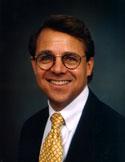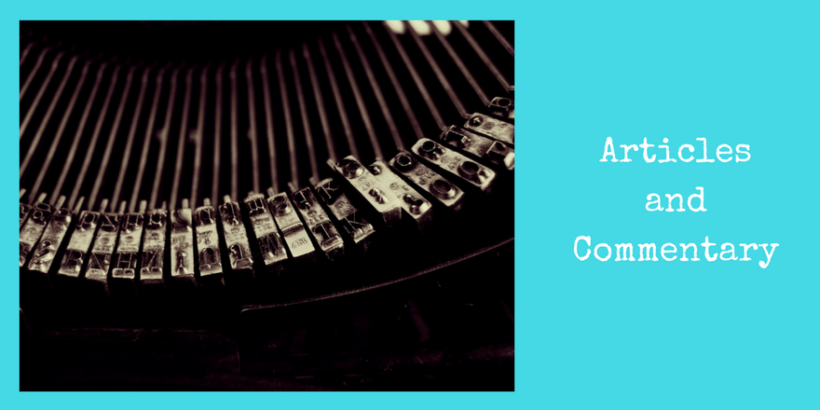America’s National Culture on the Border

by Jacob G. Hornberger
August/September 2000
People who rail that America’s “national culture” is threatened by immigrants never explain which national culture they are referring to.
I recently visited my hometown of Laredo, Texas, which is located on our nation’s Southern border. In grocery stores and department stores half the signs are in Spanish and store employees greet people in Spanish. There are a few pizza parlors and even a Chinese restaurant, but they can’t compare to the many restaurants selling enchiladas, menudo, chalupas, and tacos.
Laredo, which today has a population of 155,000, was founded in 1755 by a Spanish officer named Don Tomas Sanchez de Barrera y Gallardo, who named the town Villa de San Agustin de Laredo, after a town in Spain. Today, San Augustin Plaza is located a short distance from Laredo’s two downtown international bridges, which connect the city to Nuevo Laredo, Mexico (population 300,000).
One of the major downtown streets in Laredo is named Hidalgo Street, after Miguel Hidalgo y Costilla, the father of Mexican independence. Another is Iturbide Street, named after Emperor Agustin Iturbide, the first ruler of independent Mexico. During my recent visit to Laredo, I noticed that the streets in a brand new residential subdivision had been named after coastal cities in Mexico, such as Puerto Vallarta.
After Texas won its independence from Mexico in 1836, Laredo refused to recognize Texas rule and for a time served as capital of the Republic of the Rio Grande, which consisted of a coalition of three northern Mexican states and southwest Texas, which were themselves revolting against Mexican rule, unsuccessfully. As part of the Treaty of Guadalupe Hidalgo at the end of the Mexican War in 1848, the war by which the United States acquired the northern half of Mexico, Laredo officially became part of the United States. (At the same time, Nuevo Laredo, on the other side of the Rio Grande, was founded by Mexican citizens who wanted to remain in Mexico rather than live in the United States.)
The long-established culture in Laredo has been one in which people informally converse with each other in either English or Spanish (or Tex-Mex, a peculiar blend of languages in which the conversants slip back and forth between English and Spanish, sometimes even within the same sentence). The local Spanish television channel and the Tejano (mixture of English and Spanish) radio stations seem to be at least as popular as the English-language ones. Generally people are indifferent to the particular language being spoken, and everyone is accepting of those who speak only English, sometimes even marrying them (as my mother did).
But even the English-only crowd speaks a little Spanish when they visit what was once Mexico. After all, when was the last time you heard anyone say that he personally saw St. Anthony and, after traveling through the Pass, visited St. Francis, and ended up visiting the Angels (San Antonio, El Paso, San Francisco, and Los Angeles)?
Oh, did I mention that for more than 100 years, Laredo has had the largest bash in the country celebrating George Washington’s birthday? Sixteen fun-filled days every February, including a grand parade with George and Martha Washington and their court in colonial garb on floats, the Society of Martha Washington Pageant and Ball, the Princess Pocahontas Pageant and Ball, Noche Mexicana, Caballeros Cocktail Party, Streets of Laredo Jamboozee (including such musical groups as “Tommy and the Tomcats” and “Javier Molina & El Dorado,”), fireworks, street parties, and a fantastic Jalapeno Festival (including, of course, a jalapeno spitting contest).
If those who are dedicated to preserving America’s “national culture” are referring to the culture in Laredo (which really is located inside the United States), they’ll find plenty of support among the citizenry of this great American city located on the banks of the Rio Grande.
Mr. Hornberger is president of The Future of Freedom Foundation (www.fff.org.) and co-editor of The Case for Free Trade and Open Immigration.
by Jacob G. Hornberger
Copyright © 2000 The Multiracial Activist. All rights reserved.

